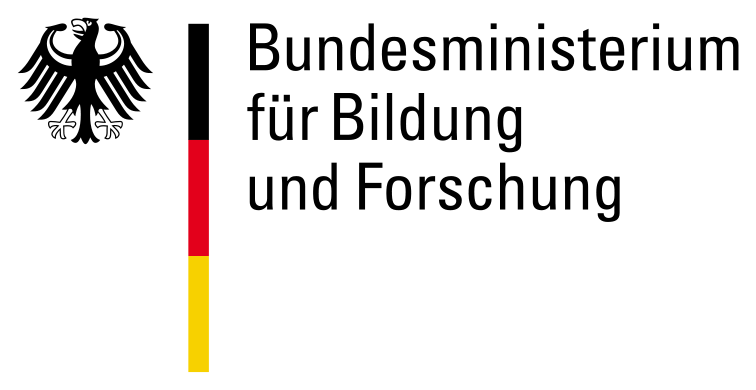
Inorganic vs. Organic Nutrients Utilization in Prorocentrum minimum (Dinoflagellata)
Olga Matantseva, Institute of Cytology, Russian Academy of Science, St. Petersburg Cooperation partner in Rostock: Dr. habil. Maren Voß, Leibniz-Institute of Baltic Sea Research Warnemünde
Many phototrophic dinoflagellates are capable of utilizing both inorganic and organic nutrients. This ability is considered as crucial for their success in coastal regions, where elevated concentrations of dissolved organic matter may even provoke vast blooming events, often referred as harmful algal blooms (HABs). Recent investigations have shown that HAB organisms indeed possess more molecular facilities for organic substrates acquisition, such as various transporters and hydrolytic enzymes, compared to other primary producers. However, it is still not clear, how they implement their metabolic abilities in the environment, e.g. what part of their nitrogen and carbon metabolism is fueled with organic substrates. Nowadays, many coastal areas of the Baltic Sea face the problems of eutrophication and appearance of HABs, including blooms of dinoflagellates Prorocentrum minimum. Our project is aimed at investigation of P. minimum growth on inorganic and organic nutrients simultaneously present in the culturing medium. We use stable isotope tracers as a powerful tool to elucidate whether P. minimum can use N and C atoms from organic substances for its growth and to measure rates of their uptake. By varying experimental conditions we try to figure out what factors control the balance of inorganic vs. organic nutrients utilization in this species. This work will provide information essential to constrain marine elemental budgets and understand the processes of HABs development and termination.
Voltage-Gated Sodium/Calcium Channels of Dinoflagellates
Ilya Pozdnyakov, Institute of Cytology, Russian Academy of Science, St. Petersburg Cooperation partner in Rostock: Prof. Dr. H. Schubert, Prof. Dr. M. Hagemann, Institut für Biowissenschaften, Universität Rostock
Ion channels are essential to all living organisms, since they play a crucial role at every level of cell functioning from cell signaling to motility. Although ion channels of multicellular organisms are rather well studied, we know nearly nothing about functioning of these membrane proteins in protists. Microorganisms are well known for their capability to adapt to various environmental conditions. The knowledge about their ion channels can help us to understand the basis of such adaptivity. Dinoflagellates are one of the most successful and environmentally flexible protistan groups in marine ecosystems. So far their ion channels have not been investigated by patch clamping due to complexity of their cell cover hampering attachment of an electrode to the membrane. We developed a method to make the patch clamp technique in the cell-attached mode applicable to dinoflagellate cells and received the first recordings of their voltage-gated sodium/calcium channels. Further research should reveal biophysical and physiological properties of these channels and link them to remarkable ecological features of dinoflagellates.



